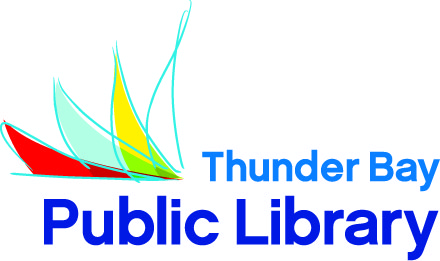
In a 1980 interview with David Sheff, John Lennon shared this story about writing the song Nowhere Man: “I’d spent five hours that morning trying to write a song that was meaningful and good and I finally gave up and lay down. Then Nowhere Man came, words and music, the whole damn thing, as I lay down.” For Lennon, Nowhere Man seemed to possess him; the song wouldn’t let him sleep until after he had written it down. If you’ve ever felt this same strange pull, you may be a songwriter, too. But if you need some help getting your song out, why not stop by the library?
If you’ve never written a song before, there are a few books to get you started. The Everything Music Composition Book: a Step-by-Step Guide to Writing Music by Eric Starr provides a great foundation for writing songs, covering everything from music history to integrating various musical devices into a whole song. You Can Teach Yourself Songwriting by Larry McCabe is another great book for beginners. McCabe will show you how to write in different song forms, how to make your song’s melody, and how to find the right chords. Both books will have you writing in no time.
When you’re writing songs, you don’t want to neglect the lyrics. A really helpful book is Shelia Davis’ The Craft of Lyric Writing. It’s a bit dated in terms of the songs it examines, but an excellent resource nonetheless, detailing exactly how songwriters go about creating their lyrics (and how you can, too!) If you know how to write lyrics and are looking more for ideas, we have a couple of books that can get you going, such as 1000 Songwriting Ideas by Lisa Aschmann and Songwriting Without Boundaries: Lyric Writing Exercises for Finding Your Voice by Pat Pattison.
Now that you’ve got the lyrics, make sure you don’t neglect your song’s melody. Melody in Songwriting: Tools and Techniques for Writing Songs by Jack Perricone is an excellent resource on the topic. This book is rather advanced, but it provides a great look at how the melody and the harmony interact.
You may also be interested in the business side of songwriting, should you decide to sell your songs. Jason Blume’s This Business of Songwriting is a great overview of how to generate some income using your songs. It takes a look at how to pitch them to various people in the music industry, how to go about self-publishing, protecting your songs, and many other important business aspects of songwriting. Another option is The Craft and Business of Songwriting: A Practical Guide to Creating and Marketing Artistically and Commercially Successful Songs by John Braheny, which gives a look at both creating songs and marketing them. He also includes stories and anecdotes from many successful songwriters, such as Paul McCartney and Sheryl Crow.
Thinking of stories and anecdotes, we’ve got a couple of books full of advice and war stories from the pros, such as Written in My Soul: Rock’s Great Songwriters Talk About Creating Their Music by Bill Flanagan and the ebook The Secrets of Songwriting: Leading Songwriters Reveal How to Find Inspiration & Success by Susan Tucker. Both books use a question and answer format, asking songwriters questions about their careers and shedding light on each writer’s unique writing process. Flanagan’s book may be older, but the songwriters he talked to are overall more recognizable than the ones in Tucker’s book.
So if you’ve ever wanted to write a song before, be sure to stop by the library. We’d be happy to
help!
Shauna Kosoris







